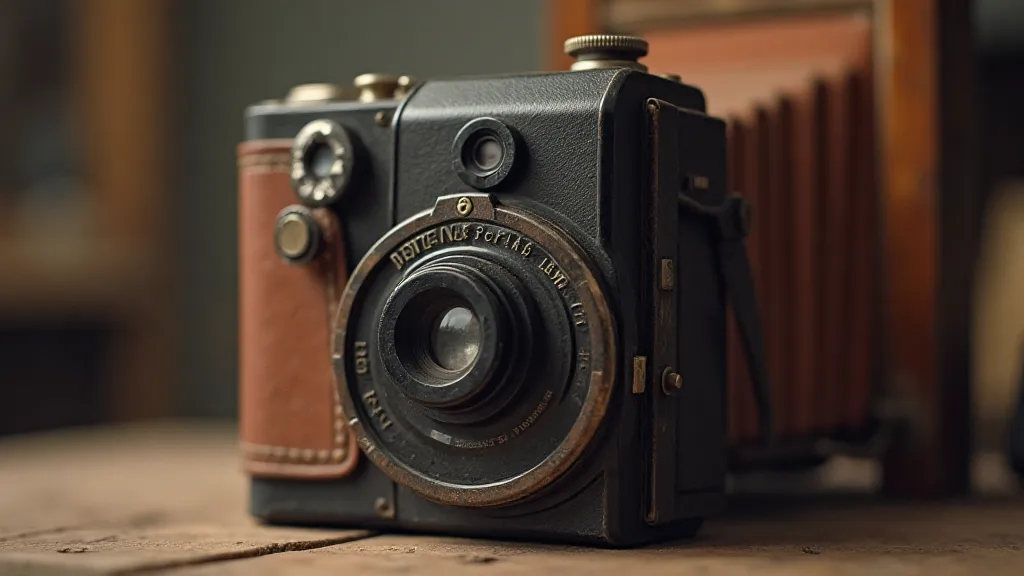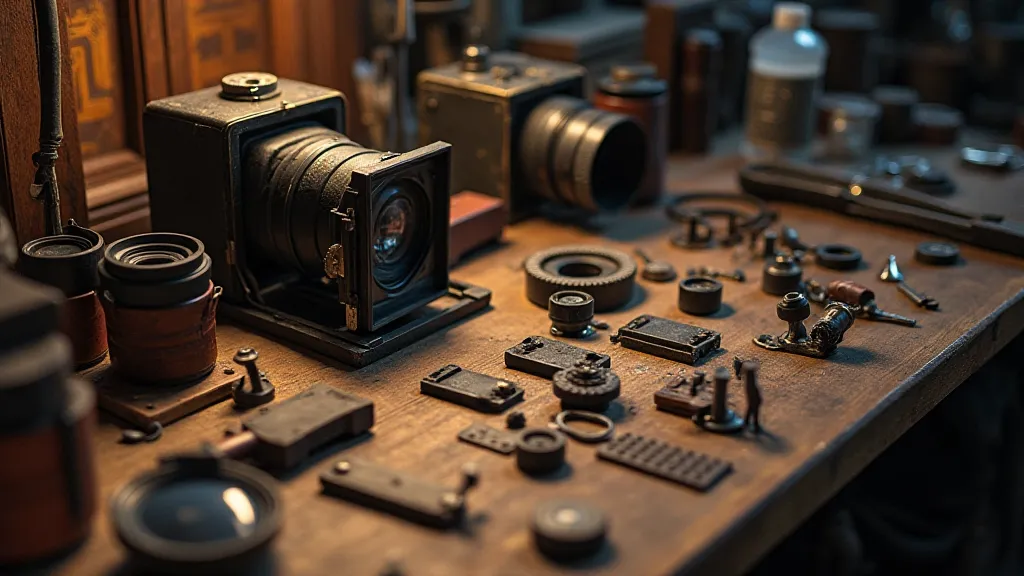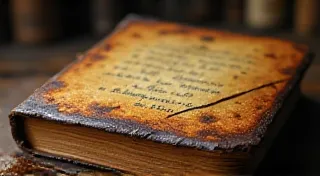The Collector’s Reverie: Finding Resonance with Objects from a Bygone Era
There’s a quiet thrill that accompanies the unearthing of an antique camera. It’s more than just acquiring an object; it’s holding a piece of history, a tangible link to an era defined by a different pace, a different aesthetic, and a profoundly different approach to image-making. We're not simply collecting metal and glass; we’re collecting stories, craftsmanship, and the echoes of lives lived through a viewfinder.
The psychology of collecting is fascinating. For some, it's about the thrill of the hunt, the competitive edge of securing a rare find. For others, it's the meticulous cataloging, the detailed research, the joy of uncovering hidden knowledge. But for me, and I suspect for many who are drawn to antique cameras, it's something deeper: a longing for connection, a resonance with the past that transcends mere nostalgia. It’s a reverie, a waking dream where we momentarily step outside our present and into a world rendered in shades of sepia and silver.
Consider the Kodak Brownie. Introduced in 1900, it democratized photography. Prior to its arrival, cameras were complex, expensive, and largely the domain of professionals or wealthy hobbyists. The Brownie, priced at a mere $1.00 (roughly $30 today), brought photography to the masses. Suddenly, anyone could document their lives, their families, their world. Think of the countless memories captured, the countless stories told through those humble boxes. They’re portals to another time, offering glimpses into the lives of ordinary people – picnics, family gatherings, vacations – preserved in faded photographs.

The Allure of Craftsmanship
Today, in an age of mass production and disposable technology, the artistry inherent in antique cameras is particularly poignant. These weren't churned out on automated assembly lines. Each camera represented countless hours of painstaking labor. The bellows, meticulously folded and glued. The lenses, painstakingly ground and polished. The intricate engravings and ornamentation, a testament to the pride of the craftsman. The feel of the brass, the heft of the mahogany, the scent of aged leather – these are sensory experiences unavailable with modern plastic gadgets. It’s not just about the resulting image; it’s about appreciating the process, the dedication, the tangible manifestation of human skill.
I remember the first time I held a Goerz Rollfilm camera. The weight of it in my hands, the solidity, the sheer presence – it felt like holding a piece of the earth itself. It wasn’t merely a tool; it was a statement. The Goerz company, known for their high-quality lenses, produced a range of cameras that are still highly sought after by collectors. Holding that camera, I felt an unexpected surge of connection to the photographers who came before me, the ones who captured moments with similar tools, facing similar challenges, striving for similar artistic expression.
The stories associated with these cameras are often as compelling as the cameras themselves. Imagine the photographer carrying a Thornton-Pickard camera, a behemoth of an instrument, on a Victorian-era expedition to document a newly discovered landscape. Envision the young woman, carefully posing her family in front of her studio portrait camera, creating a lasting legacy for generations to come. These aren’t just objects; they are vessels of memory.
Beyond the Photograph: Restoration and Preservation
The act of restoring an antique camera isn't just about bringing it back to physical working order; it's about honoring its history, preserving its legacy. It's a process that demands patience, respect, and a deep understanding of the original construction. While complete restoration isn’t always possible or desirable (some patina tells a story), careful cleaning, lubrication, and repair can often revive a forgotten treasure.
There’s a certain satisfaction in understanding how these machines work, in tracing the flow of light through the lens, in manually setting the aperture and shutter speed. It’s a tactile, visceral experience that contrasts sharply with the automated simplicity of modern digital photography. Learning to use a rangefinder camera, for example, forces you to slow down, to pay attention to detail, to truly engage with the photographic process.

Specific Models: A Few Notable Examples
While countless models deserve recognition, a few stand out for their historical significance and collector appeal. The Leica IIIC, introduced in 1953, revolutionized 35mm photography with its compact size and exceptional lens quality. The Graflex Speed Graphic, a press camera used extensively by photojournalists, documented some of the most iconic images of the 20th century. The Kodak Medalist, a beautifully designed folding camera, represents a pinnacle of American camera design. Each represents a significant technological advancement and stylistic milestone.
Collecting antique cameras isn’t about accumulating possessions; it’s about cultivating an appreciation for a bygone era, a different way of seeing the world. It’s about connecting with the past through tangible objects, and in doing so, gaining a deeper understanding of our own place in the ongoing narrative of human creativity and innovation.
The pursuit can be rewarding, yes, but the deeper reward lies in the quiet contemplation, the sense of connection, the joy of holding a piece of history in your hands. It's a reverie, a waking dream where we step back in time and momentarily inhabit the world of those who came before us, capturing moments and sharing stories through the lens of a truly remarkable machine.






